Southeastern consultation part 2 – a closer look at Government housing growth figures and the next Southeastern franchise
When the Department for Transport put out a consultation document on the next Southeastern franchise a couple of days ago one thing immediately stood out – the housing figures it mentioned. They seemed well off.
It quoted a 2016 report called “City in the East” on page 16 and used this as the basis for predicting housing growth of 36,000 in the SE franchise area, presumably during the life of the franchise to 2025-28. Here’s a screengrab:
I remembered that report – it featured a public transport map which included the DLR, Crossrail, London Underground and Cable Car (!) but also non-TfL modes of transport such as c2c lines just over the Thames.
But guess what, the Southeastern line through the north of Greenwich borough was notable by its absence despite being the major east-west link through the area and into London and Kent. A baffling omission, and maybe one which gives an insight into the knowledge that authorities have on south-east London.

So what’s wrong with the DfT’s 36,000 figure?
How did the Department for Transport reach 36,000 when City in the East projected 66,500, as shown in the image above? And the City in the East report showed just how fluid those numbers are with rapid upward revisions from earlier 2004 plans:
- Greenwich Peninsula had risen from an expected 7,500 homes to 20,000.
- Deptford Creek and Greenwich from 1,000 to 5,000
- Woolwich from 1,000 to 15,000
- Bexley and Thamesmead rising from 4,400 to 21,500 homes.
- Charlton had gone from zero to 5,000.
The 36,000 number appears to be too low. Maybe it’s timescales? Yet by 2025-28 when the franchise is due to end more than 36,000 are planned to be built.
Out of date already
Even those 2015/16 figures from City in the East are now outdated, just as it had massively upgraded 2004 figures.
Charlton’s masterplan is now up to 7,500 and not 5,000 as expected in the report, with at least 500 additional homes in the area making the Charlton total 8,000 homes at least. I covered how a spot near Victoria Way had scoping for 350 homes. Just this week consultation commenced and it is now for 370 homes.
And can you think of any masterplan that ends up producing fewer homes than initial targets? Greenwich Peninsula is a great example; 7,500 became 20,000 quite quickly. Charlton could, and probably will, go over 10,000.
The Deptford Creek and Greenwich town centre figure of 5,000 is interesting. Since 2015 we’ve seen around 1,000 announced or built along the Creek and Greenwich. Convoys Wharf is 3,500 alone.
So levels are already at 4,500 and we can expect just 500 more in the next decade? Never going to happen. Expand the covered area slightly and 5,000 is already reached.
Developments like “The Timberyard” at 1,132 homes, and Anthology in Deptford, with 276 homes and commencing construction, already push homes in the area over 5,000. Former school sites in Deptford add on 300+. I’m missing out a fair few others too in the vicinity.
No mention of New Cross either, where consultation is now underway for a large development of an estate beside the station, as I covered last week.
The biggest jump in projections was in Bexley and Thamesmead. Bexley borough now have plans to encourage large-scale development. With no firm DLR or London Overground plans (2030 at the earliest) then that’s a lot of potential passengers.
Bexley Council have financial issues and are looking to push these forward and give signs of doing so quicker than in 2015. City in the East in 2015 had them at:

Crayford has a lot of underused or vacant land by the station. I’d expect that 1,000 to be revised up sharply.
Other parts of SE London?
And City in the East was just about the strip of land along the Thames. It didn’t cover Lewisham, Kidbrooke, Eltham and places on other suburban lines. New housing in Catford? Not a mention in this consultation. Hundreds of flats by Lower Sydenham station? Nothing. Bromley South? Don’t be silly. The big plans around Brixton station and other stations down to Orpington?
Lower Sydenham station on the line to Hayes via Catford is a good example. It’s one site I can see changing quite quickly and is typical of unexpected and under-reported change. Bromley council refused a development on a former Dylon industrial site. The developers appealed and won. A precedent now set for much more in the next decade? There’s a lot of land around the station.
It wouldn’t be such an issue if the Bakerloo extension wasn’t cut back to Lewisham instead of passing this site, and the completion date not being 12 years or longer for four more stops. Other nations will be in laughter at the lack of infrastructure investment and lethargy.
London Plan
What I possibly think they’ve done to reach 36,000 homes is looked at current London Plan housing targets for just Greenwich, Lewisham, Bexley and Bromley boroughs for only the next seven years (though the franchise could run for ten).
This ignores other boroughs that metro lines pass through (such as Brixton in Lambeth) and ignores that London Plan totals are being revised. Bexley for example, will probably see a big jump.
DfT’s prior record
The Department for Transport don’t have a sparkling record with forecasting population and housing growth. If they are to award a franchise for up to 10 years they have to get this right. Over a million more people are likely to be living in London in a decade’s time, with much growth focused in Greenwich borough which has plans for the second/third largest increase (depending on what source you use) of homes built out of 33 authorities in London up to 2030.
The DfT previously awarded franchises for Northern (2004) and Arriva Trains Wales (2003) franchises on a “no-growth” basis. These areas then saw population growth and passenger numbers rising sharply in some areas. As stated by the Campaign for Better Transport in regards to issues with Northern:
“This is exacerbated by the limited investment Northern Rail has seen. The last time the franchise was let, it was on the terms of ‘no growth – no investment’. Yet passenger numbers have increased by 50 per cent in the last decade – a number which would easily have justified increased investment.”
And with Wales as stated in this article:
“The franchise was let on the basis of no growth and no development except a £400,000 investment in car parks. The Department for Transport simply had no idea.”
The rigid franchise system is not designed to cater for these so-called unexpected changes (to the DfT anyway) so years of poor service ensued. Similar has happened with Southeastern since 2006 and regular short term extensions with few improvements.
The same Department for Transport’s incompetence continued with messing up the West Coast franchise, which saw Southeastern get two short term extensions from 2014 to 2016, then 2018. They’ve completely bodged Thameslink and Southern too in recent years.
Crossrail
There’s always the endless cry of Crossrail as the saviour. It’s peppered throughout the consultation.
Well yes, on the Greenwich line it will make a huge impact. It may lessen the strain for passengers further down the Charlton line towards London, but they can hardly cut carriages to use on other lines as they’ll be an increase in those coming from Medway to Abbey Wood which continue down to London.
And impact is limited on other lines. Abbey Wood doesn’t have great links to the south (Bexleyheath, Welling etc) due to the ancient woodlands which limit bus routes due to the narrow Knee Hill road which winds it’s way through.
Heading to Woolwich from Eltham and Kidbrooke is a bit of a mission. Why do it when there’s a station in those towns; Kidbrooke heading to Lewisham in six minutes (for change to the DLR and Canary Wharf), the City and West End in around 20 minutes (possibly with a change at London Bridge in future. Crossrail’s time advantage is negated.
Using Crossrail? Then a bus from Kidbrooke to Woolwich is 20-30 minutes. Then 8 minutes to Canary Wharf on Crossrail. About 40-45 minutes with transfers. Not any quicker. And the option of avoiding Crossrail means purchasing just a Zone 1-3 Travelcard instead of 1-4 with the Woolwich option, so saving hundreds of pounds a year. Crossrail is no fix-all.

When going to the City or West End then the same story.
I’m not suggesting Crossrail won’t alleviate many issues, for a while, but if the DfT think they can under-resource the next franchise because of it then they are wrong.
What needs to happen now is that local groups, MPs and especially council’s raise the need for adequate future provision. Greenwich Council have a big role here yet they are generally very quiet on railway services, despite it being an essential service for many and key to ensuring growth is sustainable.
Council action
Greenwich have a transport committee that only meets every two or three months and also focuses on regeneration and culture in these irregular meetings. Questions about Southeastern to some councillors have garnered a reply about the DLR to Thamesmead (which is not confirmed and 2030 at the earliest) as if that means much.
They’ve rarely raised the issue of Southeastern passengers paying more – eg having to pay £1.50 on top when changing to the tube when passengers over the Thames do not. Nor issues of staffing and lack of it. When the DfT blocked a TfL takeover it was pretty much silence. No motion at council meetings like they managed for other issues that affect far less people, such as the Army leaving Woolwich in 2028.
To stop the DfT lumbering into poor services for another decade authorities have to fight loudly for the area. Just going on about Crossrail or the DLR in the distant future is not enough.
To answer questions on these plans you can do so by clicking here for the DfT consultationclicking here for the DfT consultation.
A footnote: today George Osborne has been announced as editor of the Evening Standard. A paper which claims to speak for Londoners. In one of his final acts as Chancellor, George Osborne cut the transport budget more than any other Government department in the 2015 Autumn Statement. If Southeastern receive another decade of poor service he’s one of the main causes of it.
Running a site alone takes time and a fair bit of money. Adverts are far from enough to cover it and my living costs as a private renter.
You can support me including via Paypal here Another option is via Patreon by clicking here You can also buy me a beer/coffee at Ko-fi here There's also a Facebook page for the site here Many thanks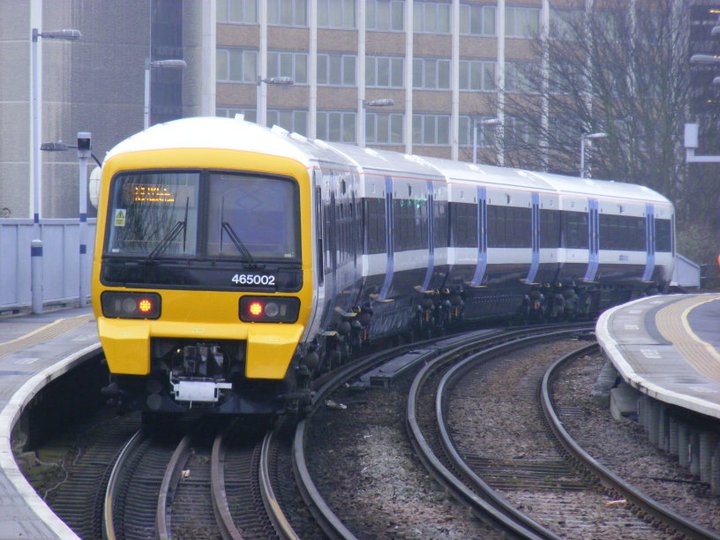



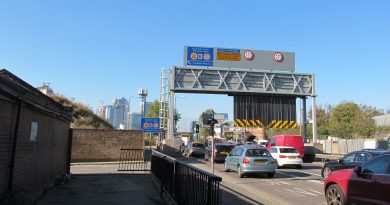
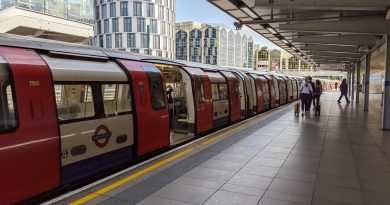
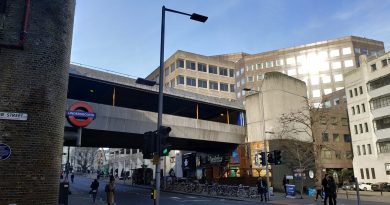
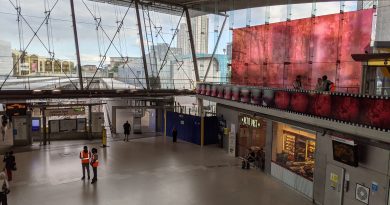
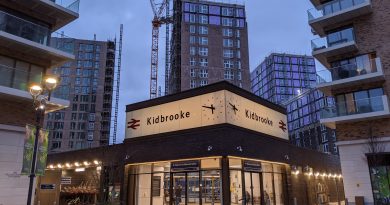
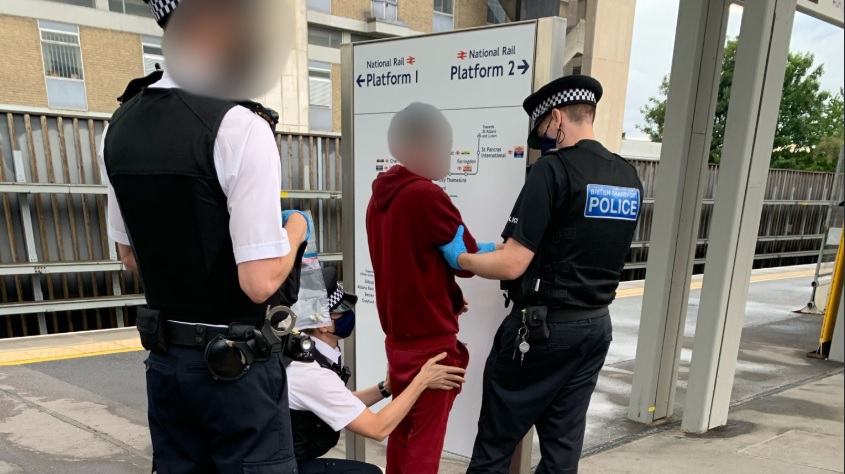
7 posts in 7 days, congrats! Good points again.
re. convoys wharf; pretty rough deal on transport those people will have, especially considering what they will have to pay to live there.. Pretty long walk to deptford station where it will be squeezing to get in..
You’re not wrong. It was squeezing to get in 5 years back when I lived around there. There’s river boats but capacity limited there and growth already high. Up 27% last year I believe. That’s probably worth a post.
Yep, but at least the clippers seem well managed. More piers coming and I believe more services that stop less often. Still the price and limited access means not all 3500 dwellers there will be planning to commute by boat
Thank you for taking the time to write this blog. I find it very informative. This post in particular has inspired me to respond to the DfT consultation.
Thank you again!
Good to hear you wrote in. I’ve just heard back that the DfT made a big mistake with housing numbers contained in the consultation. really poor show by them, which follows at least a decade of incompetence.